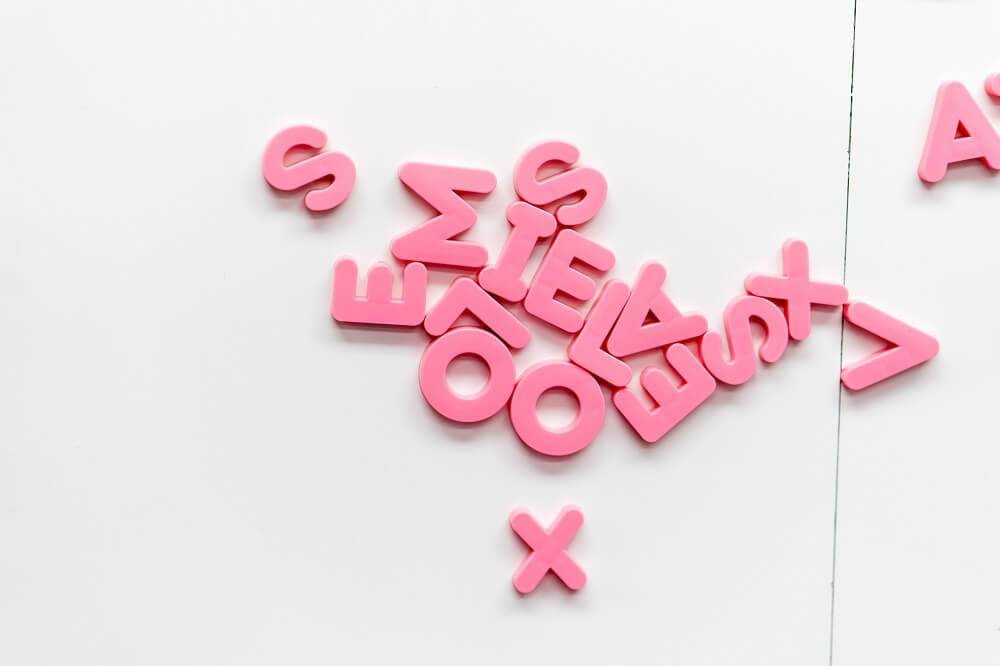Let’s be honest: you’ve probably never thought about it. Now that you are thinking about it, however, what do you reckon? Perhaps it’s got something to do with limiting the size of the message? Or, perhaps it was implemented to save bandwidth for the mobile carriers? Surely it must be some sort of technical issue – a hangover from the heady days when SMS messaging was the communication form of the future, and phones still had buttons on them? Or perhaps it’s to do with the human brain – maybe one can only read so many characters before it all stops making sense?
Well… kind of, but no. Actually, texts are limited to 160 characters because of this gut – Friedhelm Hillebrand.
Back in 1985, Hillebrand was chairman of a committee within the Global System for Mobile Communications (GSM), attempting to bring standardisation to a new technology which would allow mobile phones to send, receive and display messages in the form of text. At the time, the only existing infrastructure for mobile phones was the system used by car phones (if you’ve ever used one of those, get off the internet – you’re too old). Hillebrand, however, found an ingenious solution.
At this time, mobile networks operated two radio channels. The primary channel was used for actual voice communication, and the second merely to alert a cell phone about reception strength and to supply metadata about incoming calls. This second channel was therefore usually free of any traffic, and thus available as unused capacity on the existing system. By limiting the variation of characters available in SMS, Hillebrand and his team managed to just squeeze out 160 characters worth of capacity for each message. But the questions remained, would it be enough? It had to be tested, and this is where the story gets interesting.
The GSM is a very large organisation. They set the standards for all mobile technology across the globe. You might be inclined to think, therefore, that they would have some pretty stringent testing procedures in place to decide how many characters would be used in SMS text messaging. So what weird and wonderful system did they use to decide whether 160 characters would be enough? Did the stress test the infrastructure? Did they consult the public? Did they delve into great written works to see what the average number of characters was in a sentence?
Nah. Hillebrand just wrote out random sentences on his typewriter, and then counted the letters.
Luckily, however, most of the sentences were perfectly contained within the limit. GSM also had a look at postcards (sounds silly now, but back then a postcard and a text message made sense in terms of comparison) and found that they tend to clock in under 150 words, easily within the boundaries. This was apparently enough for GSM – SMS rolled out and the rest is history.
If you’re interested in how SMS can help your business, why not contact us on 08451 221 302 where one of our Customer Service Team can answer any questions you have.


